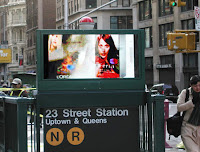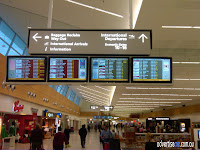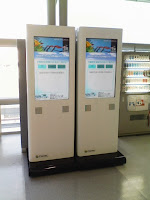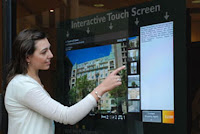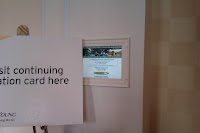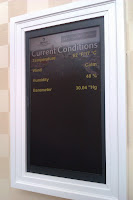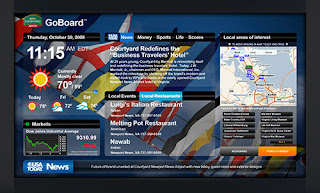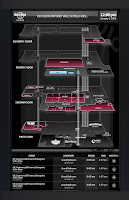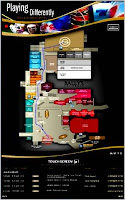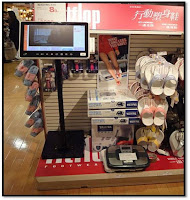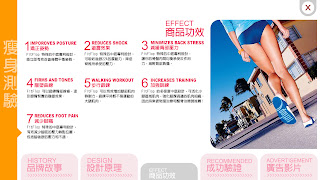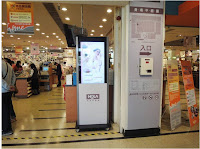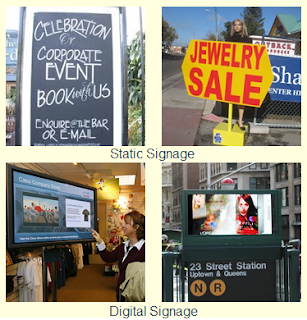Digital signage is an effective way to deliver content that is targeted at specific audience. However, without good content, digital signage is just a waste of hardware investment. Strong content can create effective marketing impact on targeted customers, which might change audience behavior, prompt impulse purchase, enhance brand image, attract potential customers, and create many other benefits to the organization. Thus, how to make strong and effective content is essential.
Regarding the title, "Richness and Reach." I just learned this concept from one of my MBA courses and I feel like it is very suitable for the topic today, digital signage content design. So I just adopt it as the title.
So what is richness and reach? From what I learned in that course, richness is a concept related to the following questions:
- How much of information is transmitted?
- How is it transmitted?
- How is it reached?
- How secure and reliable is it?
- When is it transmitted?
- How relevant is to the receiver(s)?
And reach is the number of people who exchange information.
When talk about information richness, we can also disaggregate it into six elements: Bandwidth, customizability, interactivity, reliability, security, and currency. I would like to go deeper into these six elements to discuss about how to monitor and control the extent of richness and reach.
1. Bandwidth: Because of the capability of dynamic display and almost unlimited storage space(You can install as many hard-drive as you can), digital signage is always considered a media of huge amount content delivery, like TV. However, digital signage users should control the amount of content based on the surroundings and targeted audience.
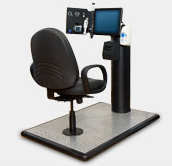
For example, patient self-service kiosk. The content in this digital signage would only have clinical related information.

However, since the target audience is various. hospitality digital signage can have a variety of content, such as weather broadcast, TV programs, current exchange, event list, map, even Internet browser.
2. Customizability: To a certain extent, the content for digital signage needs to be customized. However, content designer should have a deep understanding of which information is customizable and to what extent the information can be customized, to have maximum outcome.
3. Interactivity: As the invention of touch panel, digital signage has ability to provide interactive content to the audience, enhances the owners' ability to not only broadcast message but also exchange information with audience/users. The owners can receive great value if interactivity is manipulated properly. In spite of the competition of interactive content, non-interactive content is still important when broadcast can create better outcome than interaction.
This digital signage is placed at the entrance of subway. Broadcast is the best way to present the content. It is unlikely to use interactive content here.
In transportation station, such as airport or train station, digital signage can be used to either broadcast or exchange information.
This is a window touch digital signage that used to attract potential customers who want more real estate information but don't wanna be bothered by sales person. With backbone database integration, customers can input their contact information for further details, even after business hours of the stores. Digital signage help stores virtually extend their business hours and reach more potential customer.
4. Reliability: In some cases, the reliability of the content provided in digital signage needs to be reliable. More reliable the information is, more often people would refer to that content, and more people would start using that digital signage. Sometimes, the information needs to be updated instantly in order to get credit.
This digital signage is mounted in the lobby of my school lobby, providing class schedule on a daily basis. I would refer to it to get the information about the room number and time of each course or event as I think the information it provides is accurate always. However, once it provides wrong information and let me go to wrong classroom or miss an event, it will lose my trust and I will become rarely use it afterward.
5. Security: Some kinds of digital signage have been used as a private information entrances. For this kind of digital signage, content designer should put more attention on the security of private information. If the digital signage is connected to Internet or Intranet (private computer network) to access to the personal information database, the infrastructure designer should ensure the info would not be disclosed or hacked. In some sensitive cases, the user interface should provide high screen security and be user-friendly that users can easily access to their private information without being peeped. During the content approval process, authentication management is important as well since the inaccurate or inappropriate content would probably damage the company once it's being displayed.
6. Currency: Given Internet access ability, digital signage solution can provide real-time content for its audience. It makes huge impacts on many industries. For example, hotel can provide real-time currency exchange rate to its clients, airport can update the flight info instantly on digital signage, and so on. Further, most of the errors can be modified and updated instantly since the content is digitalized. Last but not least, the Internet access ability extend the reach of digital content and dramatically facilitate internal message delivery process; therefore, same content can be displayed in each global branch office almost simultaneously.
Digital signage in fast food chains. The headquarter can easily control and monitor the display content in each store.



